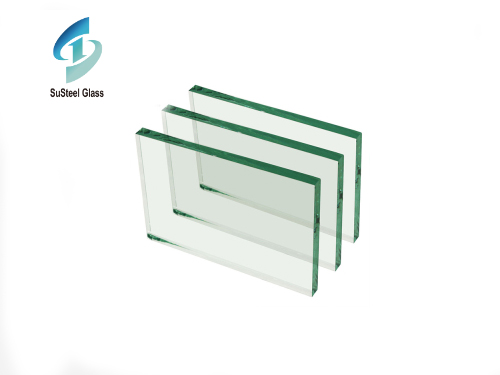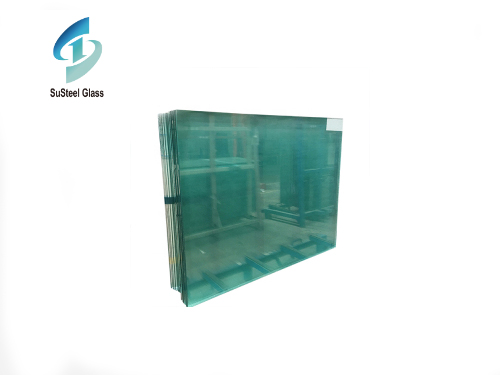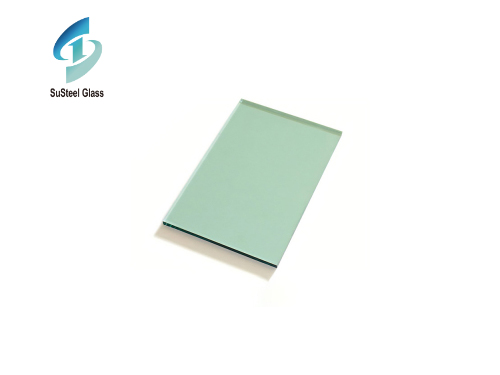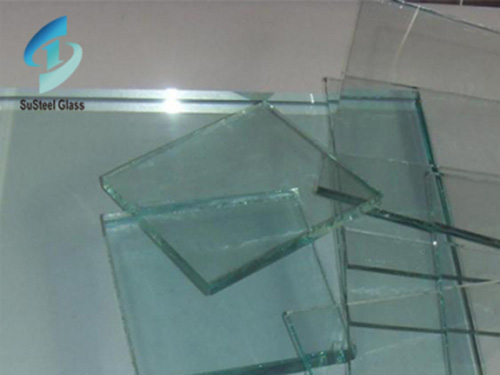
After the optical glass lens is finely ground by the abrasive liquid, there is a crack layer about 2-3 mm thick on the surface. The method to eliminate this crack layer is polishing. The mechanism of polishing and slurry is the same. Only the tools used are different from the slurry. The materials used for polishing include flpolyurethane cloth, polyurethane and pitch. The slurry usually needs to achieve high precision polishing surface and the most commonly used material is advanced polished asphalt.
The use of asphalt polishing is to drive the polishing liquid to grind the surface of the lens to generate heat by the fine surface of asphalt, so that the glass can melt and flow, melt away the rough vertex and fill the crack bottom, and gradually remove the crack layer.
At present, cerium oxide (CeO2) is the main polishing powder used for polishing lenses. The proportion of polishing liquid in optical glass lenses varies according to the polishing period of the lens. Generally speaking, the polishing liquid with higher concentration is used in the initial polishing and polishing mold, and after the surface of the lens is bright, the polishing liquid with thinner concentration is used to avoid the orange peel phenomenon of the mirror, that is, the so-called lens surface atomization.
The motion mechanism used for optical glass polishing is the same as that used for grinding. In addition to the different polishing tools and working fluids, the environmental conditions required for polishing are also more stringent than those for grinding. General polishing matters to pay attention to are as follows:
1. There should be no impurities on the surface of the polishing asphalt and the polishing liquid, otherwise it will cause mirror scratch.
 High Purity Tin Ingot: Essential Uses and Key Advantages
High Purity Tin Ingot: Essential Uses and Key Advantages
 Burglar-Resistant Glass: Enhancing Security and Peace of Mind
Burglar-Resistant Glass: Enhancing Security and Peace of Mind
 Exploring the World of Green Tinted Glass Products: Versatility and Sustainability
Exploring the World of Green Tinted Glass Products: Versatility and Sustainability


